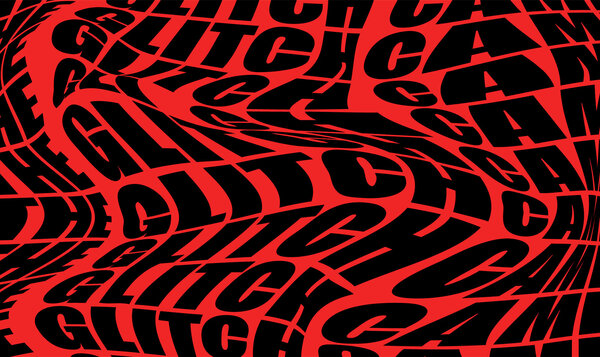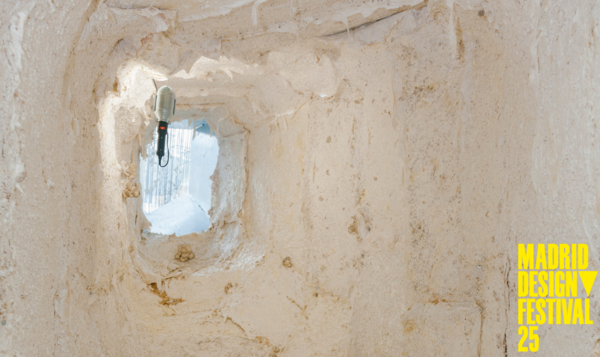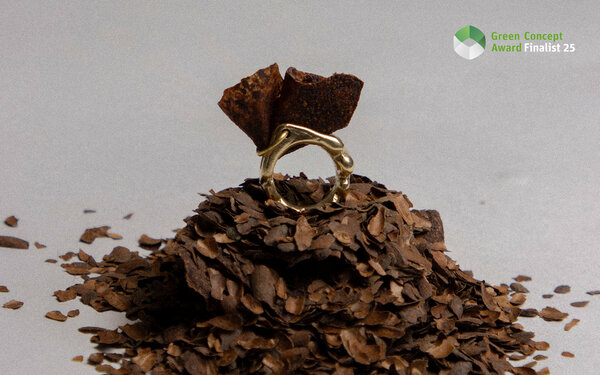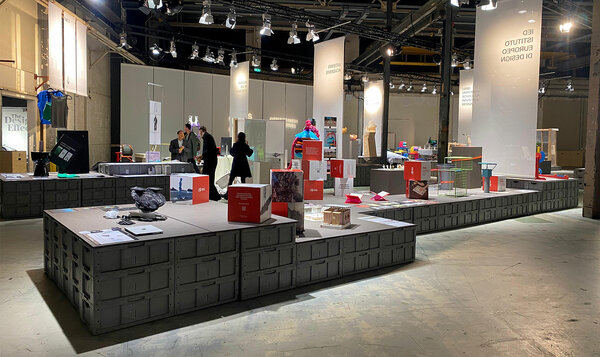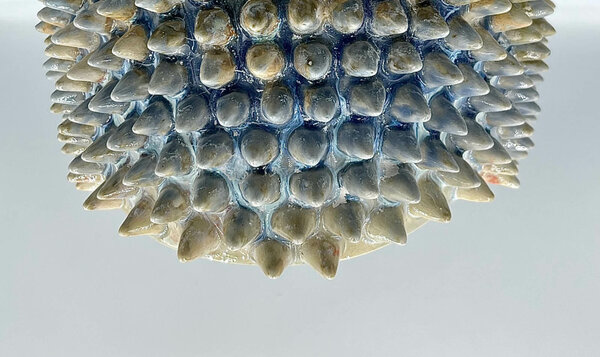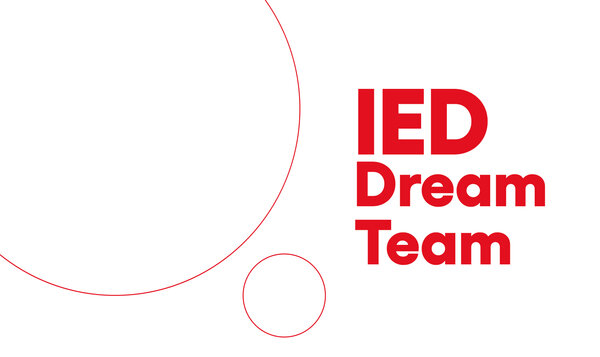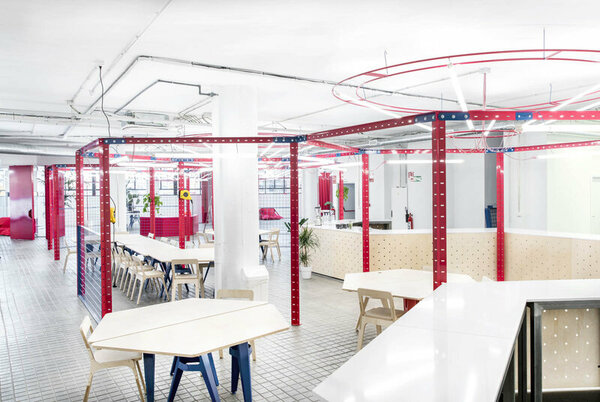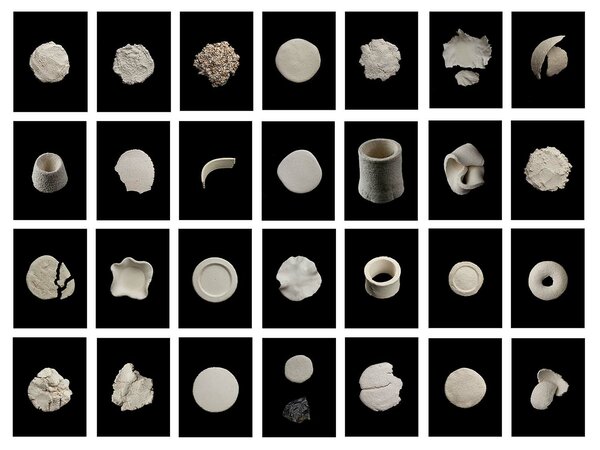SERINA ORB tries to give a new meaning to death, taking into account that there is no tangible design proposal that promotes positive experiences for its waiting

SERINA ORB, winner of a Best of The Year at the iF Design Student Award
Date
23 June 2023
Gabriela Marante and her Final Degree Project in Design at Istituto Europeo di Design de Madrid, SERINA ORB, received a Best Of The Year 2023 at the iF Design Student Award. Last night, 22 June, the awards ceremony took place in Istanbul, a meeting point between the European and Asian cultures; the two continents at the forefront of design nowadays.
The iF Design Student Award is one of the most important design awards, aimed at students from all over the world. This year, 7,000 design projects were submitted from 56 countries. A jury of 60 experts selected 300 finalists. Of these finalists, 76 were the winners, but only nine of these projects received a Best of The Year mention.
How can we give new meaning to death? How can we help people who know that the end of their lives is near in order to ease their transition to this end? How can we introduce spaces for therapy and meditation in hospital environments? These are just some of the questions that, in the midst of the pandemic, Gabriela Marante asked herself and eventually led to the creation of SERINA ORB, which has also been awarded the Francesco Morelli 2022 Scholarship and has been selected for the Prototypes for Humanity 2022 programme in Dubai.
From her training experience in the Higher Artistic Education Degree in Interior Design at IED Madrid, Marante highlights the creative freedom that this centre of higher education has provided her with. A freedom that was always supported and backed by a teaching team that helped her acquire the necessary knowledge and resources to give shape and life to a project as ambitious as this one, and which demonstrates that creativity, sensitivity and design training together create solutions to improve people's lives.
What is SERINA ORB?
SERINA ORB is an immersive programme based on an experience-based system of virtual therapy and meditation, to work on the emotionality of terminally ill patients during their stay in hospital.
Gabriela Marante realised that in spaces such as clinics and hospitals, being hyperfunctional places, the user's experience is not taken into account from an emotional point of view; the aim is to solve health problems as quickly and efficiently as possible, or to alleviate pain, without time, space or room for a sensitively designed service. "They tend to be rigid spaces without design, which do not provide comfort or coziness, especially in delicate moments such as waiting for one's death", says the author of the project. "The design opportunity lies in the fact that there is no service that promotes positive experiences, based on emotional design, for patients in terminal processes. Nor is there a space/system that allows patients to work on their emotional and mental health before they die".
Faced with this reality and not from criticism, but from the desire to help with design tools and technology to make these places offer a better experience for the user, Marante devised her Final Degree Project. A project based on the design of an experiential virtual service-space that vindicates the meaning of death to lessen the cold, apathetic and unsettling feeling of waiting for its arrival in hospitals. Thus, she proposes a new scenario for the application of the most advanced technologies and places the virtual space at the service of the health and research fields.
As Gabriela points out, "in many cultures, especially in the West, the concept of death is seen as a disturbing, painful and unwanted event". With SERINA ORB, she seeks to alleviate these feelings and make the transition to death a less traumatic or distressing moment. "Knowing that nowadays technology is becoming more and more ingrained in our lifestyle, I asked myself, how could a new pre-death ritual involve technology? Existing projects on the market either deal with death after the person dies or tend to be of an experimental-artistic nature for the public. So, this proposal differs from the rest by seeking to improve or influence people emotionally before they die, taking into account interior design as a key tool for the process". The project adds a 360˚ strategic view combining the vision of new scenarios for product design, experience design (UX) and space design (VR) in the healthcare field.
She explains that the connotation of the name Serina comes from the English "serene" and "orb", from "sphere" or "globe". The latter refers to other words such as world, whole and encompass.
Inside SERINA ORB
Gabriela Marante worked in a context of natural topography as a first approach for this virtual reality. In doing so, she was seeking to emphasise one of the main values of the project: freedom. This environment thus aims to create a spacious and fresh environment for the user.
The design of each meditation space was created on the basis of natural elements, resulting in organic architectural figures. Marante's goal was to translate the atmosphere and characteristics of the Earth's nature into a virtual natural environment, where users can interact with it.
"Taking into account the freedom and possibilities of design within virtual reality, these spaces seek to be increasingly creative and captivating; playing not only with form but also with textures and sensations", the young designer has pointed out. But always prioritising the wellbeing of the user within the different zones, "as this is an architecture to meditate on the transcendence of death and emphasise the natural process that it is", she concludes.
The standard SERINA ORB route begins in front of a natural agora overlooking a structural design. Inside this building the interior route would begin with a reception area. You could then start to walk through the three main meditation spaces and finally go out to the outdoor viewing platform.
Once the two come into contact, the vegetation synchronises with the patient's breathing in order to guide them into meditation. Throughout the journey, the programme develops different types of meditation. This allows vital organs such as the heart and lungs to be exercised, so that the patient can experience feelings of tranquillity and peace.
One of the most important features of the route's design and construction was to create spaces that, through height, provide a sense of power and grandeur to the user. A metaphor for the divine, for the afterlife and for the understanding that death is a halt to something greater than ourselves.
"The design intent and layout of the floor plan seeks to create a cyclical user experience that allows for the exploration of emotions and their alterations in a safe and balanced way. Thus, the user can heighten their sensitivity towards the environment and experience, within their comfort and emotional limits, a new perspective on the meaning of death and dying. The idea was to explore in a metaphorical way the meaning of the cycle of life; that everything has a beginning, a development and an end. And so, surrounded by vegetation, I wanted to highlight the fact that death is a natural process that should be understood and welcomed rather than rejected with fear," says the artist.
Enhancing reality through design and new technologies
Gabriela Marante believes that "creating a new culture and ritual prior to death would make society feel more comfortable with its arrival. By promoting an atmosphere of wellbeing as a form of therapy, it would provide society with a moment of peace and beauty to be together in the face of a natural process". A new perspective that would directly and positively affect the symptoms of anxiety, stress and depression that hospitalised patients suffer when they are hospitalised.
In her proposal, the designer has incorporated two key concepts from the New European Bauhaus (NEB): beautiful and togetherness. The NEB highlights ideas such as improving people's quality of life through design, as well as changing culture through high-impact dialogues. Something that connects directly with the philosophy of her proposal, by wanting to promote an experiential space in which people's emotional wellbeing is worked on. Likewise, in a project that is rooted in the principles of Health and Wellbeing within the Sustainable Development Goals (SDGs) to transform the world.



